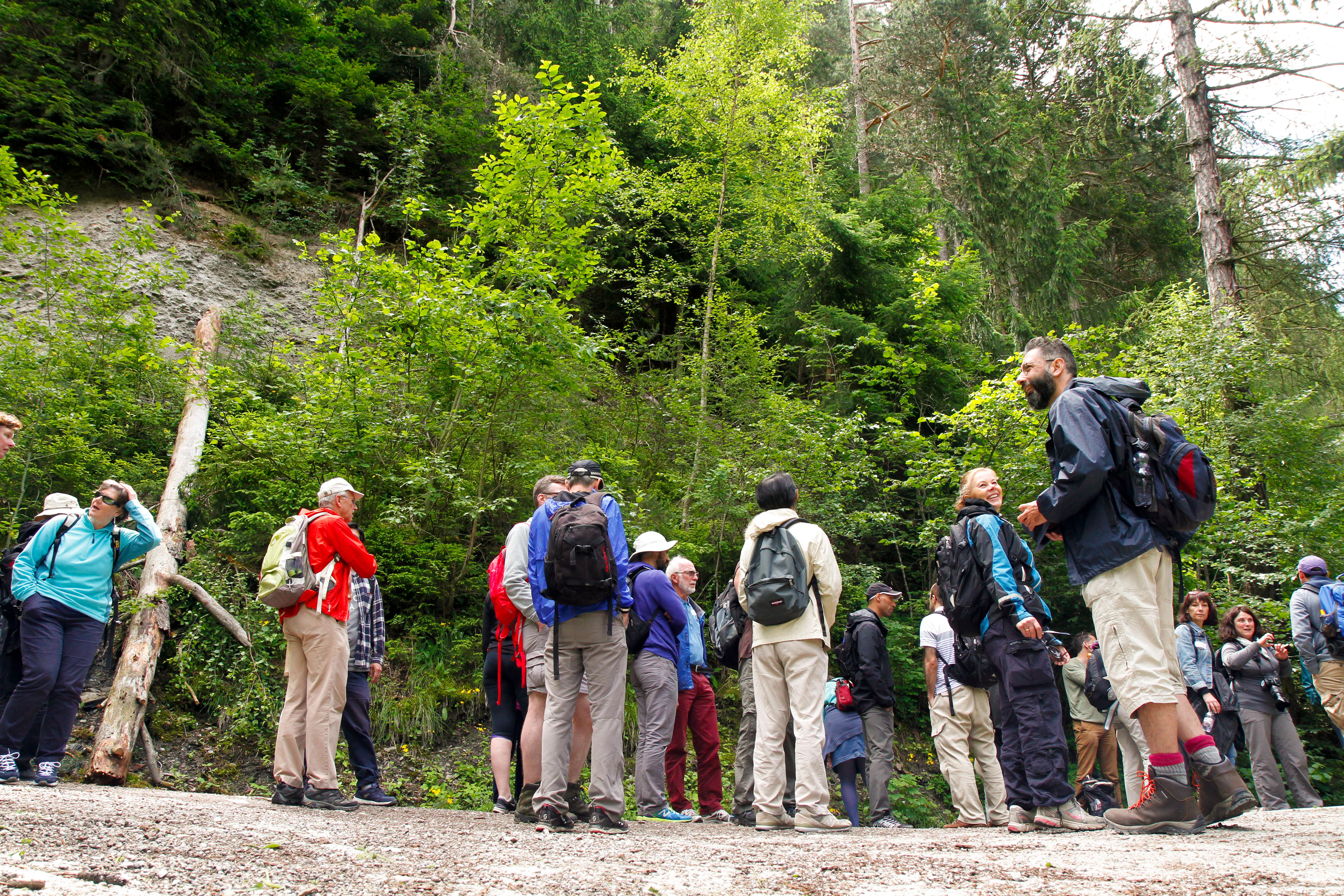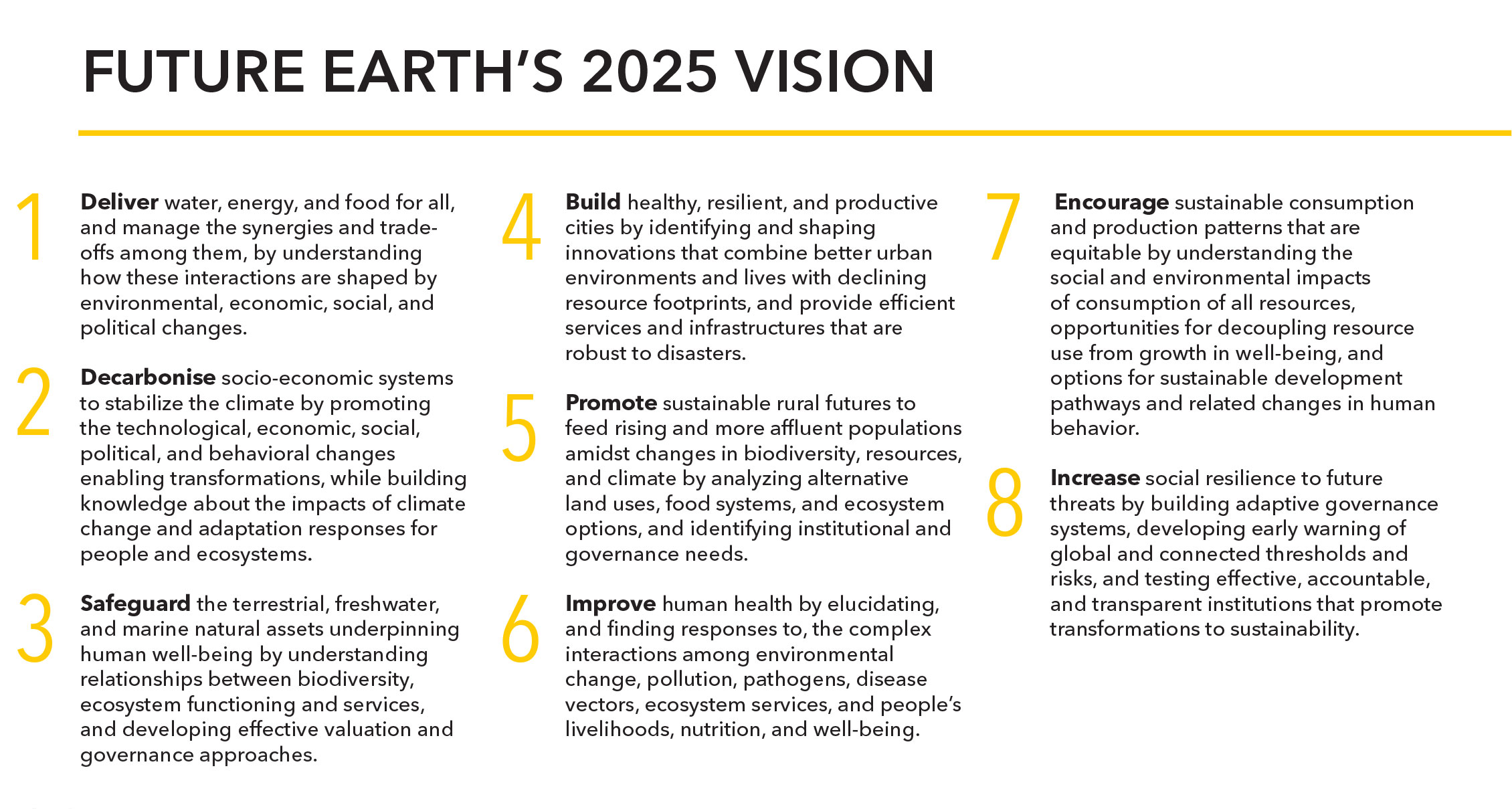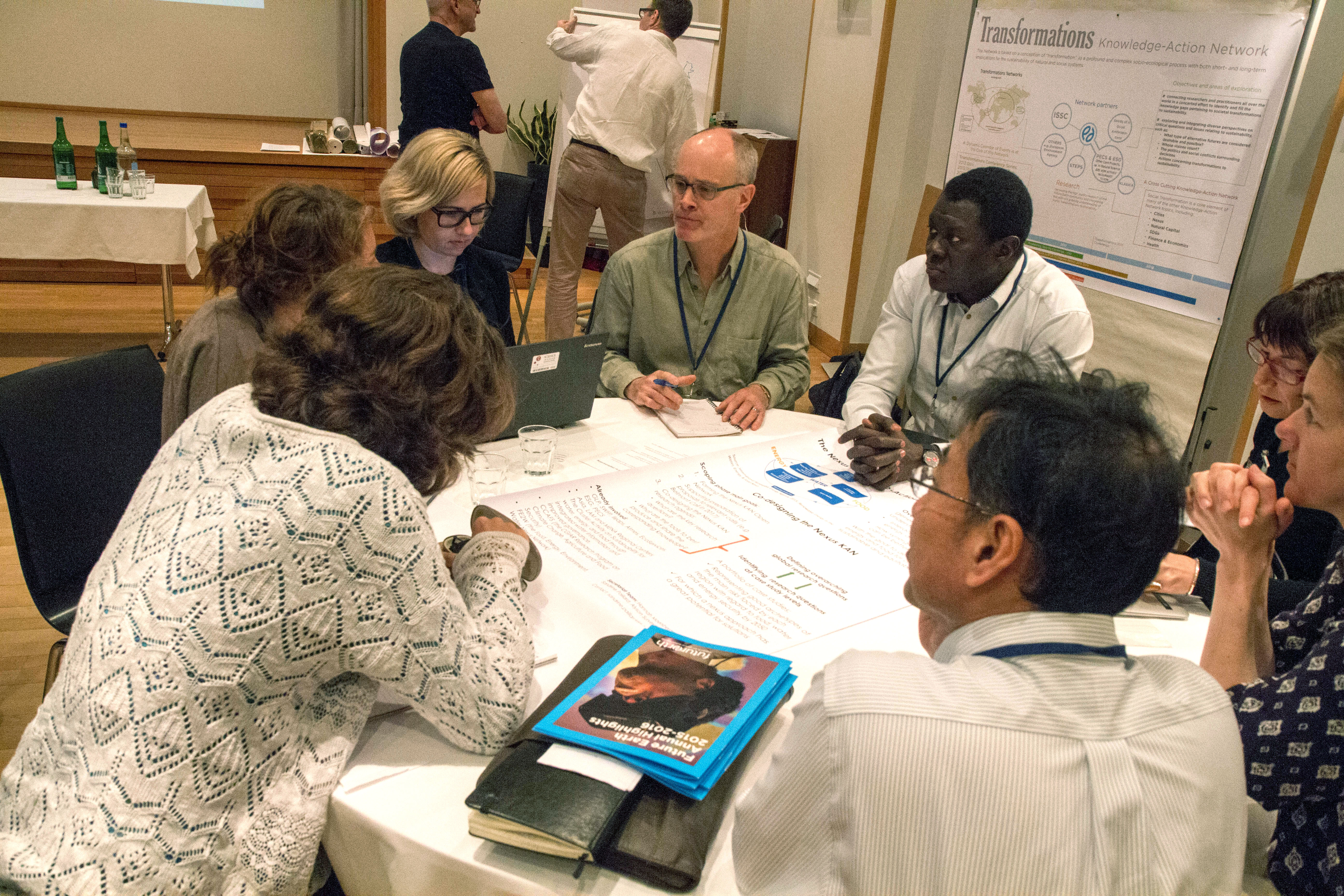“Science can provide only some answers; it is not a panacea for all problems. We need to also make personal, economic, social, and political changes.”
Future Earth’s 2025 vision lays out ambitious goals for a more sustainable world, and as executive director of the international organization, Paul Shrivastava challenges us all to make changes. Launched in 2015, Future Earth works closely with the United Nations Framework Convention on Climate Change and the World Meteorological Organization, among many others.
gb&d: What does the mission of Future Earth mean to you personally?
Shrivastava: I interpret the mission as bringing science-based hope and decision-making capabilities to resolve global sustainability challenges.
gb&d: How are you working to meet the organization’s biggest goals?
Shrivastava: We have set up the secretariat (which oversees the day-to-day operations of the program, from research to coordination to communications) to facilitate the work of 50,000 scientists. Over the past two years we successfully transitioned from an interim secretariat to a permanent global secretariat. We established five global hubs (Boulder, Montreal, Paris, Stockholm, Tokyo) and four regional centers (Cyprus, Kyoto, Montevideo, Norwich, UK), hiring more than 30 staff. Additionally, we are planning to open three regional offices in Africa and one in South Asia.
Five years funding of the secretariat has been agreed to with the Global Hubs Consortium. Our vision and research strategy are clear, and a two-year implementation plan was approved by the Governing Council last July. More than 20 core projects have transitioned into Future Earth and are working collectively to operationalize eight approved Knowledge Action Networks (KANs). We helped shape several large funding packages in our KAN areas, including Food-Water-Energy Nexus in Urbanization from Belmont Forum members, and for Planetary Health from Welcome Foundation. Critical administrative processes, systems, and policies are now in place.

Future Earth members participate in Core Project Days in Bern, Switzerland.
[Photo: Erik Pihl]
gb&d: Given the report that current plans to reduce greenhouse gas emissions around the world will likely not be enough to achieve international targets for combating climate change, what must be done?
Shrivastava: Science can provide only some answers; it is not a panacea for all problems. We need to also make personal, economic, social, and political changes. Going beyond science to integrate culture, arts, law, and humanities to develop holistic solutions. We cannot continue to build a throw-away consumer society of 9 billion, so new models of progress and the good life are needed that encourage living in harmony with nature.
gb&d: Will the world be able to cut greenhouse gas emissions to the level they need to be to make a difference?
Shrivastava: This is not likely in the short-term. But in the medium- to long-term, this is feasible with new scientific and technological solutions coupled with reformulated values and social practices.

gb&d: Is there one thing the world could do that would have the most significant impact around climate change?
Shrivastava: I just paraphrase the ideas of Albert Einstein and Mahatma Gandhi—that if there was one thing that could make a significant impact it would be for the world to become vegetarian. And I would add we do not even need to become complete vegetarians, just for a day or two per week could make a huge impact.
gb&d: Who can you point to in the world of sustainability today as inspiration?
Shrivastava: To me, sustainability inspiration comes from outside the environmental movement—Gandhi, Buddha, Christ, and great aboriginal knowledge traditions around the world inspire us to reflect on human-nature relations. I am also inspired by art to deepen emotional connections between humans and nature.

[Photo: Erik Pihl]
gb&d: What keeps you doing this important, challenging work?
Shrivastava: It is a lot of fun, and the people are so passionate. Their passion is contagious. At the end of the day I feel exhausted but also enlivened and energized. Yes, it may sound contradictory, but I am living on this bimodal way for the past two years. And then there is hope—the hope that collectively we are doing positive things to ensure a healthy future of earth.

